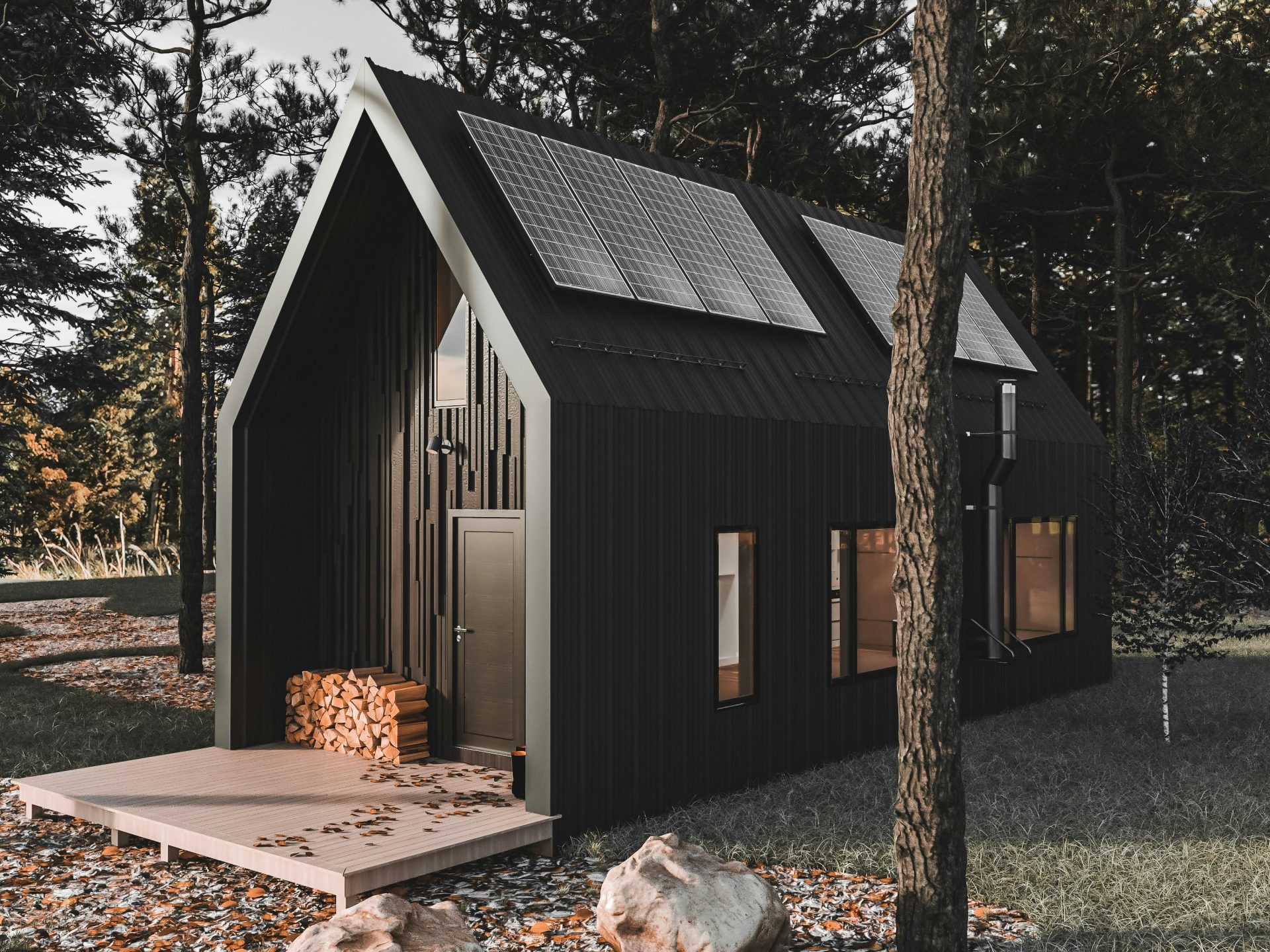"Tiny Homes" Exposed as a Social Illusion

The architecture publicist and former publisher Daniel Fuhrhop expresses his critical view of the hype surrounding so-called tiny homes in a conversation with the Tagesspiegel. The mini houses, usually under 20 square meters, do not contribute to solving the housing shortage but are rather an expression of societal imbalances, according to Fuhrhop.
He describes the tiny house movement as a "social monstrosity" and speaks of a "deception" that prioritizes individual willingness to forego over structural reforms. He considers the idea that one can seriously address social grievances through radical downsizing of living space to be naive.
Lack of Political Will Instead of Lack of Space
Fuhrhop argues that it is not a lack of living space but a lack of fair distribution. The average living space per person in Germany has steadily increased over the past decades, despite rising rents. Politics fail to use existing living spaces more sensibly or to promote socially just construction.
Instead, mini houses are presented in a media-effective way, which are more likely to be found at design fairs than in real settlements. The expert also only partially accepts ecological arguments: While tiny houses are more resource-efficient, a well-renovated old building in an urban location can be significantly more sustainable than an isolated mini house in the countryside.
Criticism of Building Regulations
Another point of criticism: Building codes and approval procedures unnecessarily complicate the establishment of alternative housing forms. An intelligent densification and repurposing of existing buildings – such as office spaces – could achieve more than new micro houses on greenfield sites.
Frequently Asked Questions About Tiny Houses and Housing Policy
Tiny houses are usually mobile, compact homes with an area under 20 m².
Critics like Daniel Fuhrhop see tiny houses as a distraction from structural housing problems and a lack of distribution justice.
Tiny houses require fewer resources, but often renovated old buildings in urban locations are more sustainable.
This article has been automatically translated, read the original article here.





